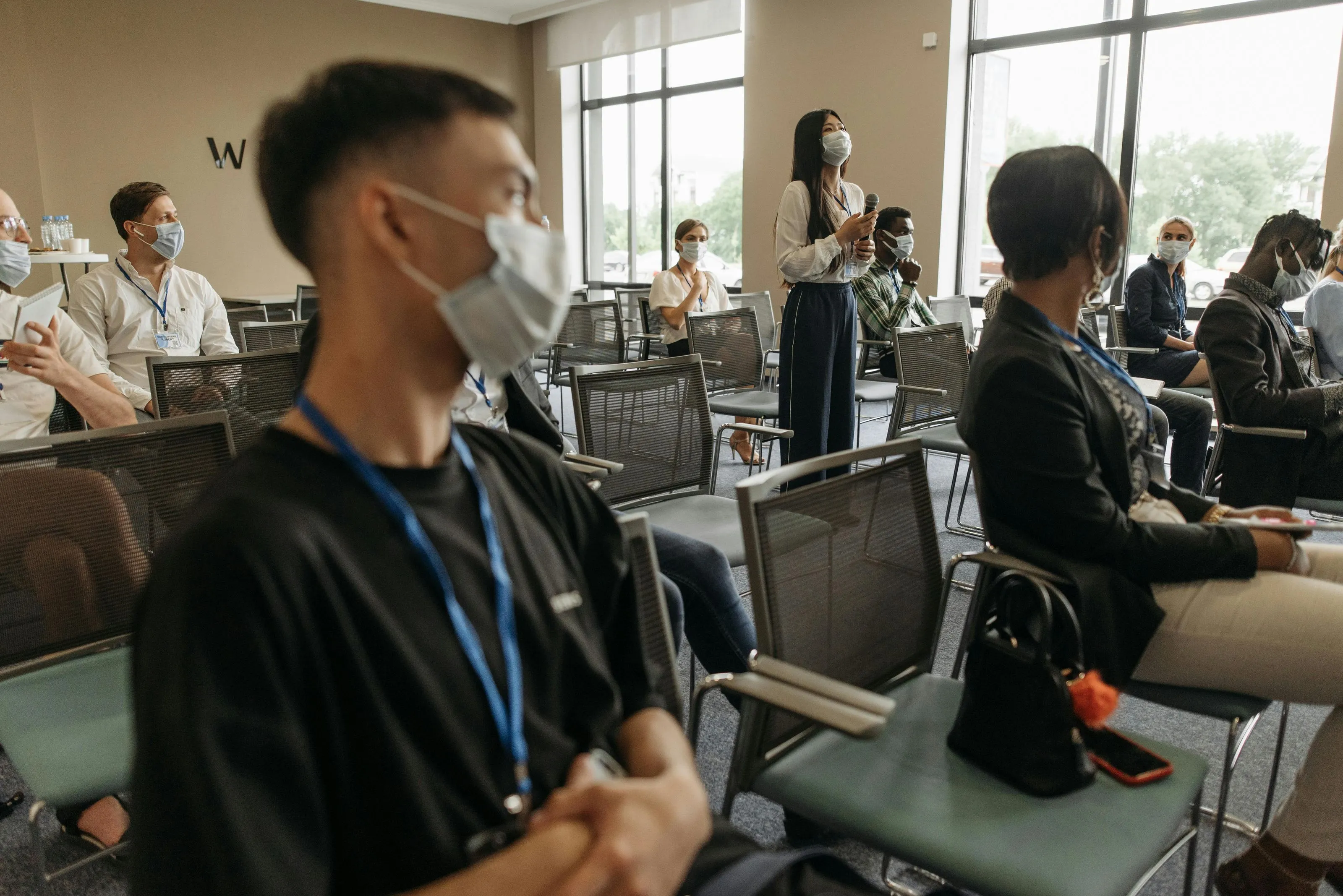Further Reading
If you want to read more about treating acne, check out the following articles published in the Journal of Drugs in Dermatology:
Real-World Cases of Clascoterone Topical Treatment for Acne and Related Disorders
ABSTRACT
Acne vulgaris affects approximately 80% of young adults and adolescents in the world. Acne presents as comedones, pustules, papules, and nodules on the face, chest, shoulders, or back. It can lead to a significant decrease in quality of life with a high risk of associated depression and anxiety. Hyperstimulation of sebaceous glands by androgens play a pivotal role in acne pathogenesis. Clascoterone 1% cream is a first-in-class topical androgen receptor inhibitor approved for treatment of acne in patients 12 years and older. In the following real-world cases, expert dermatologists demonstrate use of clascoterone cream as monotherapy or in combination with other agents to treat acne in a variety of patients. Experts found that twice-daily use led to best overall results with patients. Real-world cases serve as invaluable guides for patients and dermatologists to help form personalized, targeted acne regimens.
ABSTRACT
Background: Topical clindamycin phosphate 1.2%/adapalene 0.15%/benzoyl peroxide 3.1% (CAB) gel is the only fixed-dose triple-combination approved for acne (indicated in patients 12 years and older). As topical acne treatment in pediatric patients may be complicated by tolerability and/or a perceived lack of efficacy, post hoc analyses were used to investigate efficacy/safety of CAB in children and adolescents.
Methods: Data were pooled from 2 phase 3, double-blind, 12-week studies (NCT04214639; NCT04214652). Participants aged 9 years and older with moderate-to-severe acne were randomized (2:1) to once-daily CAB or vehicle gel. Endpoints included treatment success (at least 2-grade reduction from baseline in Evaluator’s Global Severity Score and clear/almost clear skin) and least-squares mean percent change from baseline in inflammatory/noninflammatory lesions. Treatment-emergent adverse events (TEAEs) and cutaneous safety/tolerability were evaluated. Post hoc analyses were conducted in adolescents aged 12 to 17 years (CAB, n=123; vehicle, n=50) with descriptive data shown for children aged 10 to 11 (CAB, n=3; vehicle, n=2).
Results: At week 12, 51.5% of CAB-treated adolescents achieved treatment success vs 24.9% with vehicle (P<0.01). CAB also provided inflammatory/noninflammatory lesion reductions of 78.3%/73.7% vs 50.5%/42.9% with vehicle (P<0.001, both). Most TEAEs were of mild-to-moderate severity, and <2.5% of participants discontinued due to adverse events. Only the 3 children treated with CAB achieved treatment success, with lesion reductions ranging from 76% to 100%. One CAB-treated child experienced TEAEs and none discontinued.
Conclusions: In 2 pooled phase 3 studies, once-daily CAB gel was well tolerated and efficacious in pediatric participants with acne, with over half achieving treatment success at week 12.









